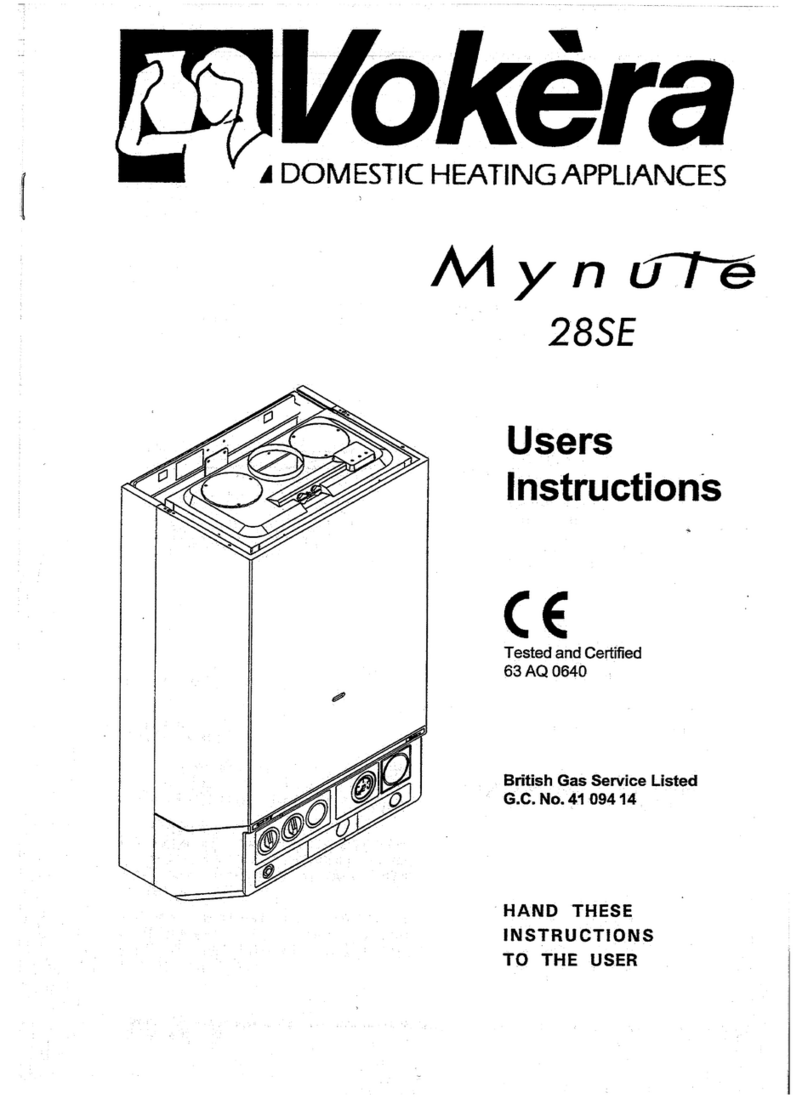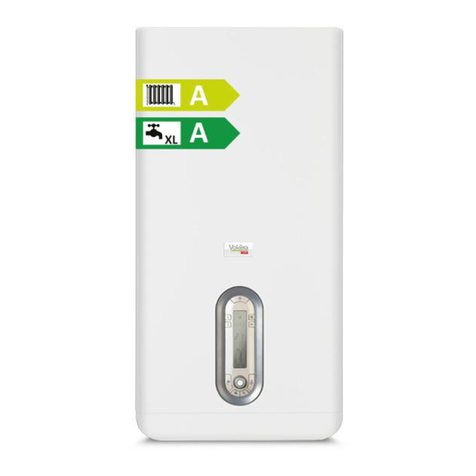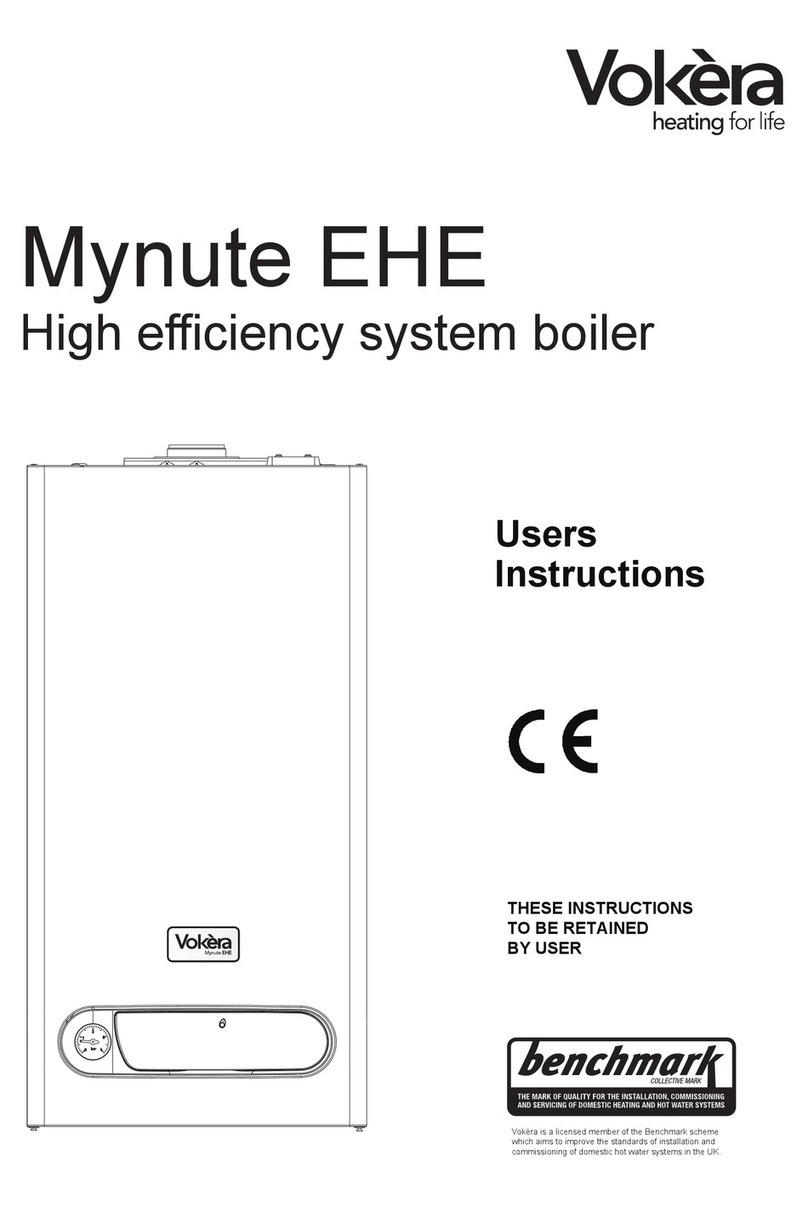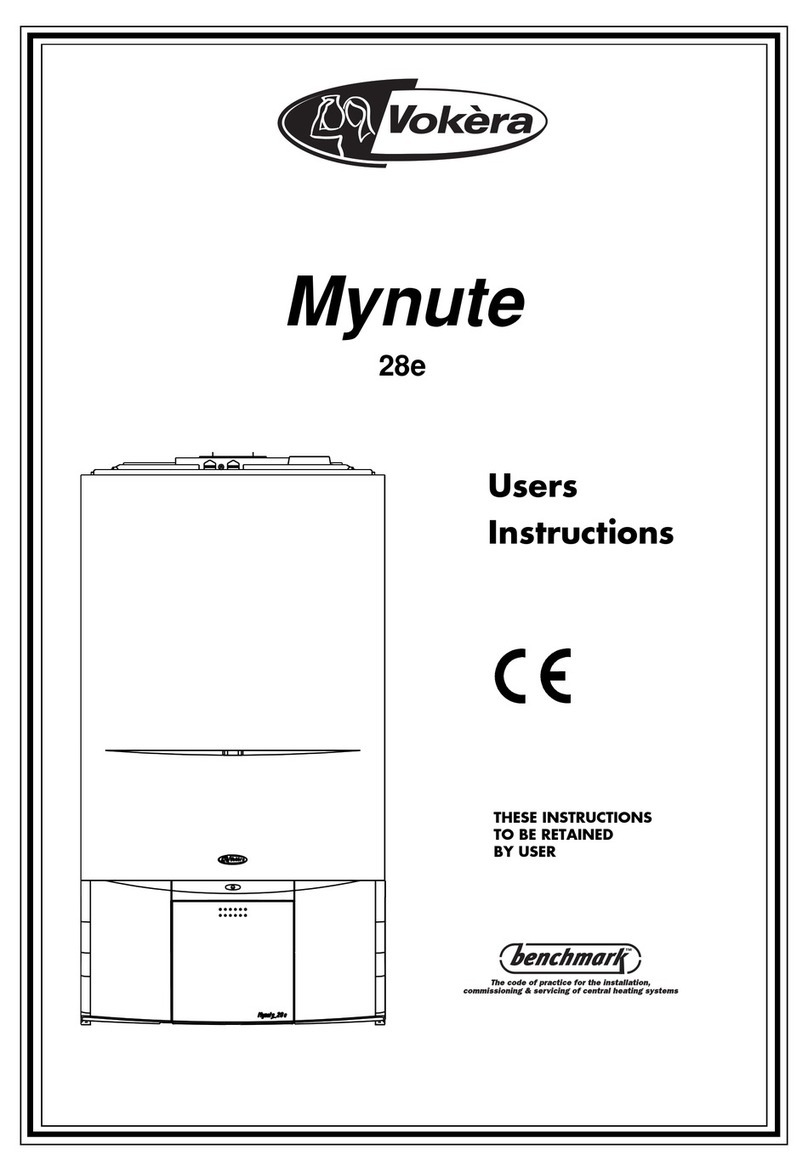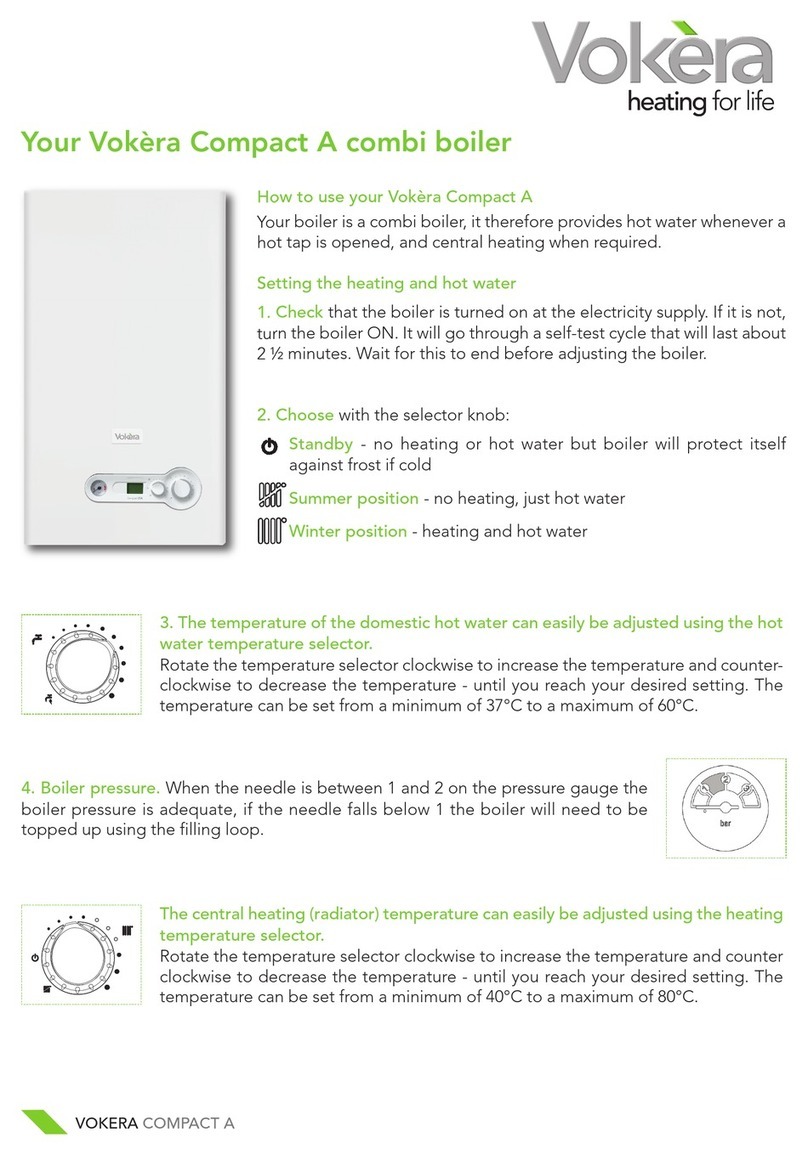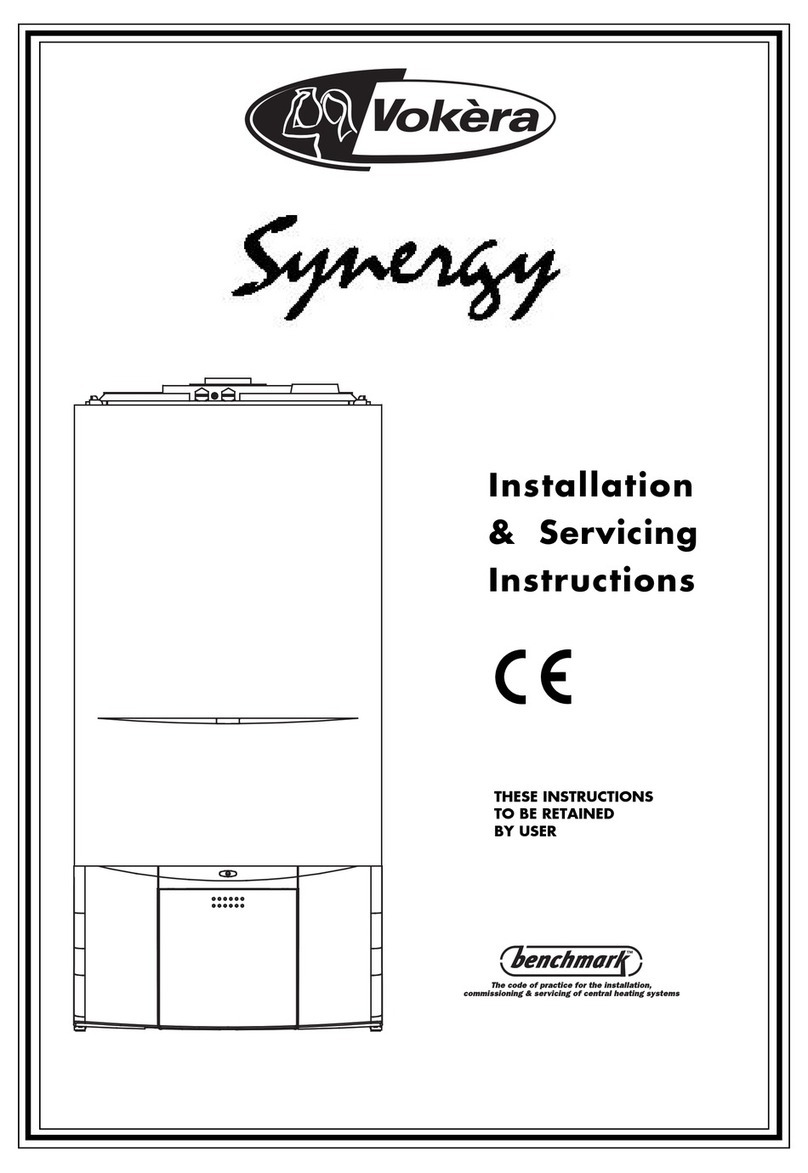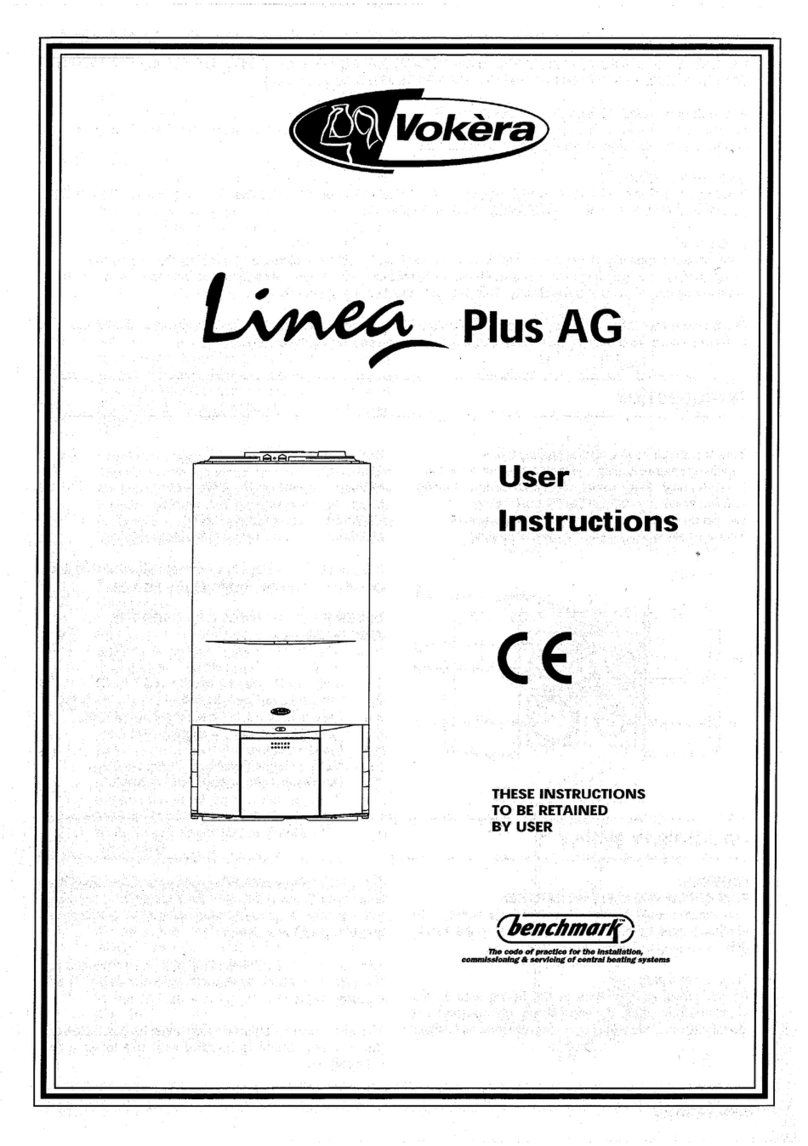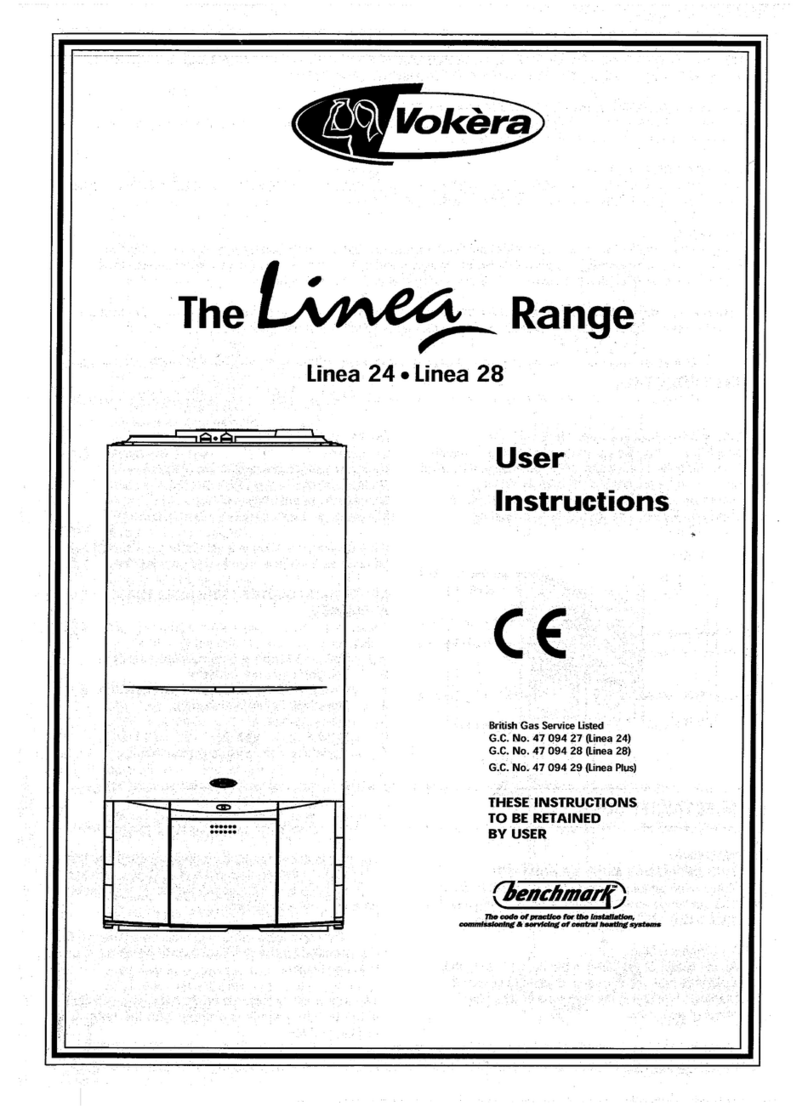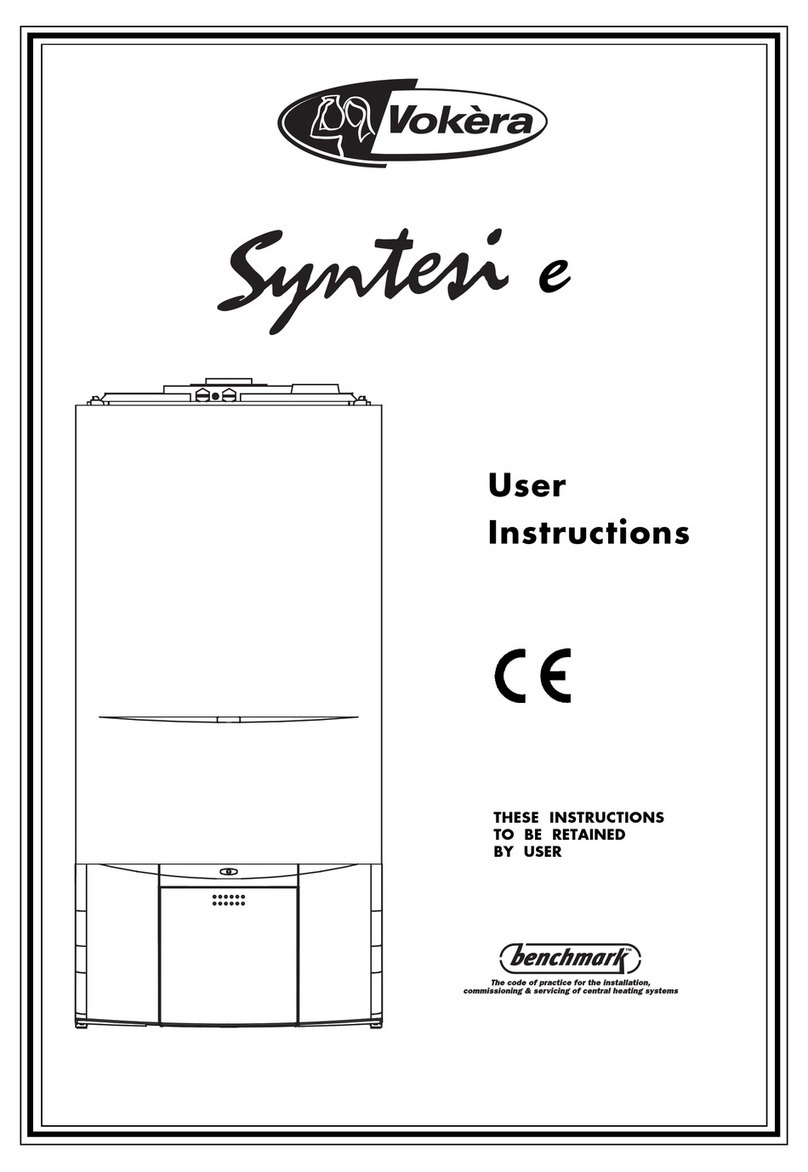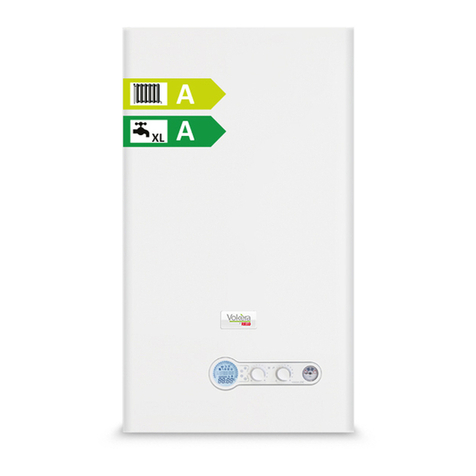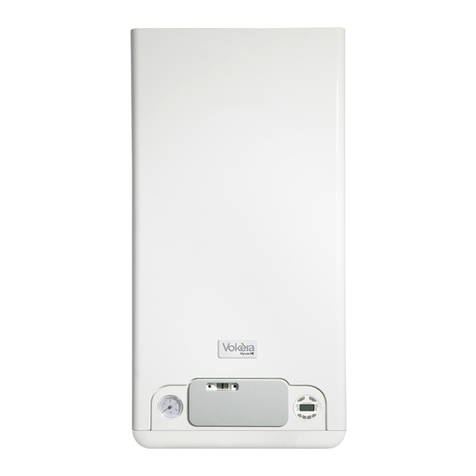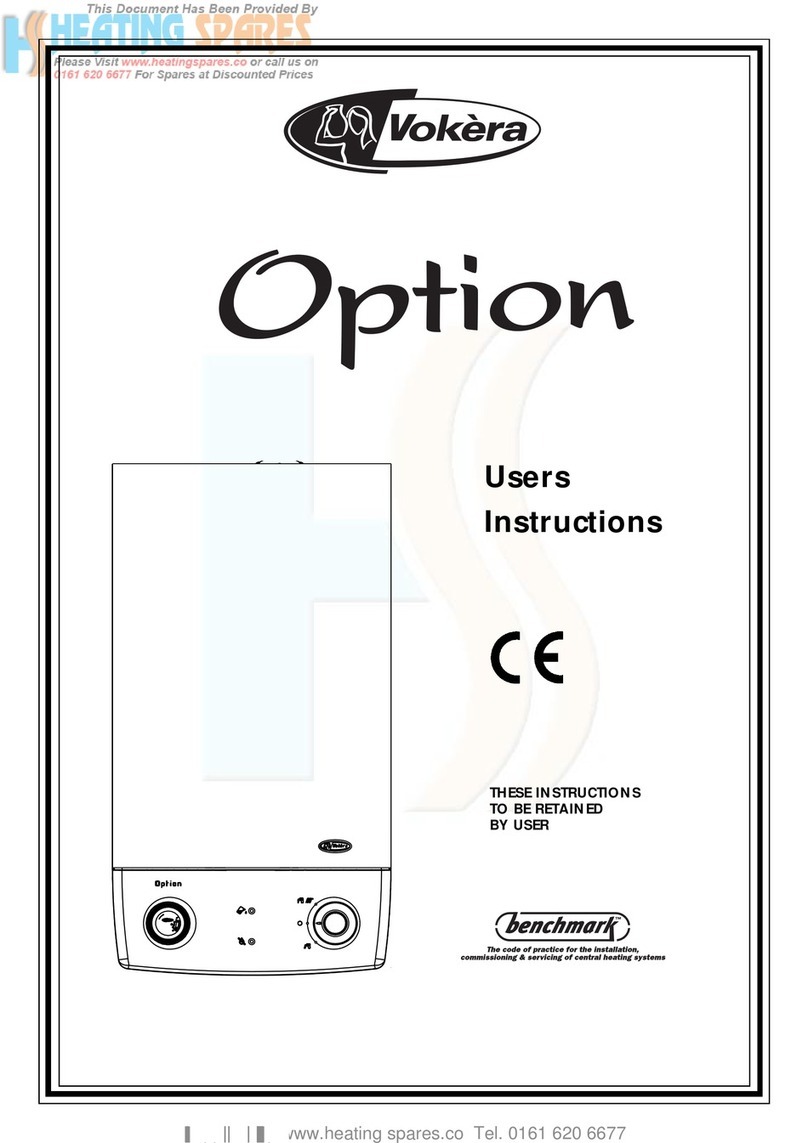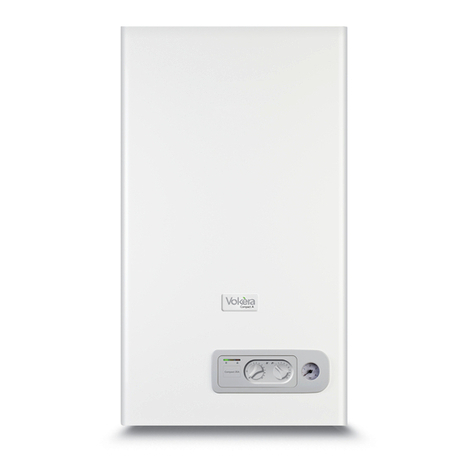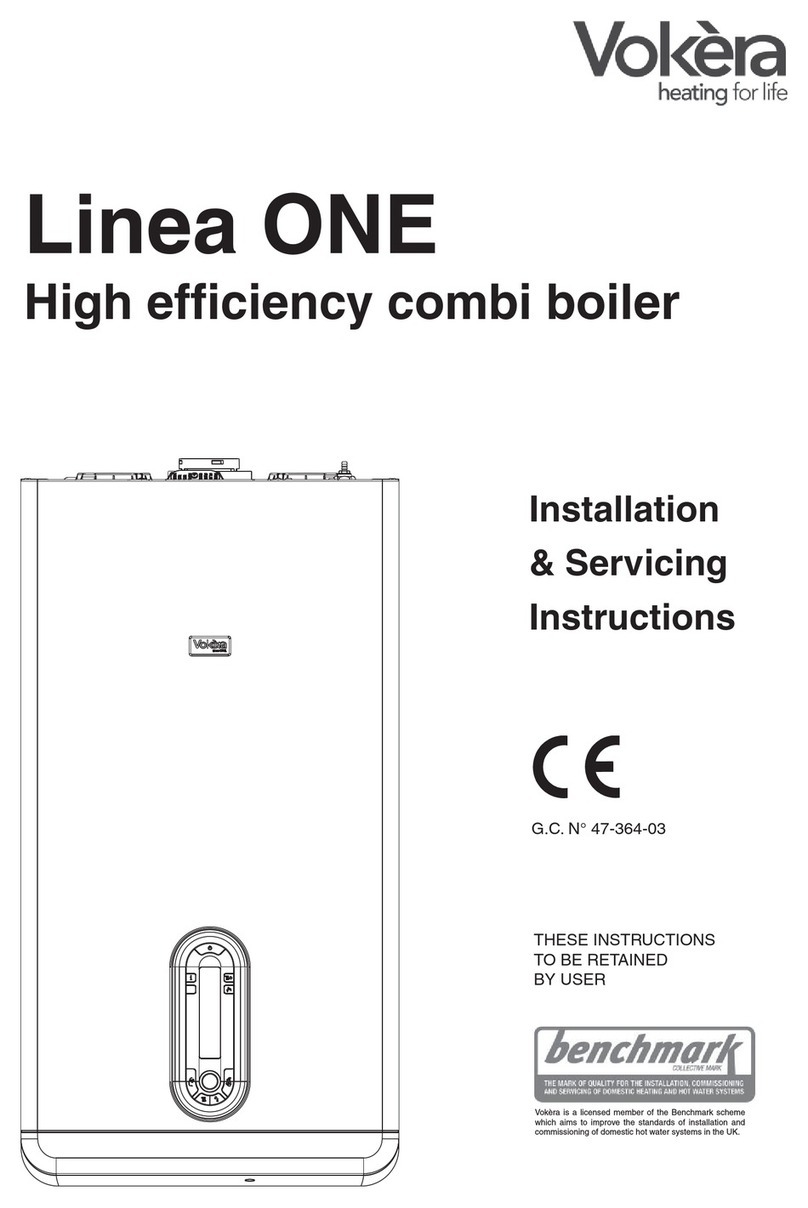
Supplied By www.heating spares.co Tel. 0161 620 6677
7
This appliance must be installed by a competent
personinaccordancewiththeGasSafety(Instal-
lation & Use) Regulations.
3.1 RELATED DOCUMENTS
The installation of this boiler must be in accord-
ance with the relevant requirements of the Gas
Safety(Installation & Use) Regulations, the local
building regulations, the current I.E.E. wiring
regulations, the bylaws of the local water under-
taking, the Building Standards (Scotland) Regu-
lation and Building Standards (Northern Ireland)
Regulations.
Itshould be in accordancealso with anyrelevant
requirements of the local authority and the rel-
evant recommendations of the following British
Standard Codes of Practice.
3.2 LOCATION OF APPLIANCE
The appliance may be installed in any room or
internal space, although particular attention is
drawn to the requirements of the current I.E.E.
wiring regulations and in Scotland, the electrical
provisions of the Building Regulations, with re-
specttotheinstallationoftheapplianceinaroom
or internal space containing a bath or shower.
Whenanapplianceisinstalledinaroomorinternal
spacecontainingabathorshower,theappliance
or any control pertaining to it must not be within
reach of a person using the bath or shower.
Thelocationchosenfortheappliancemustpermit
the provision of a safe and satisfactory flue and
termination. The location must also permit an
adequate air supply for combustion purposes
and an adequate space for servicing and air
circulation around the appliance. Where the in-
stallation of the appliance will be in an unusual
location special procedures may be necessary,
BS 6798 gives detailed guidance on this aspect.
A compartment used to enclose the appliance
must be designed and constructed specifically
for this purpose. An existing compartment/cup-
board may be utilised provided that it is modified
to suit.
Details of essential features of compartment/
cupboarddesignincludingairingcupboardinstal-
lationsaregiveninBS6798.Thisapplianceisnot
suitable for external installation.
3.3 GAS SUPPLY
The gas meter - as supplied by the gas supplier
-mustbecheckedtoensurethatitisofadequate
size to deal with the maximum rated input of all
the appliances that it serves. Installation pipes
must be fitted in accordance with BS 6891.
Pipe work from the meter to the appliance must
be of adequate size. Pipes of a smaller size than
the appliance gas inlet connection must not be
used. The installation must be tested for sound-
ness in accordance with BS6891.
Ifthegassupplyservesmorethanoneappliance,
it must be ensured that an adequate supply is
maintained to each appliance when they are in
use at the same time.
3.4 FLUE SYSTEM
Theterminalshouldbelocatedwherethedisper-
sal of combustion products is not impeded and
withdueregardforthedamageanddiscoloration
thatmayoccurtobuildingproductslocatednearby.
Theterminalmustnotbelocatedinaplacewhere
it is likely to cause a nuisance (see fig. 4).
Watervapourwillcondenseonleavingthetermi-
nal and the effect of such pluming must be
considered.
BS5440 PART 1 FLUES
BS 5440 PART 2 FLUES & VENTILATION
BS5449 PART 1 FORCEDCIRCULATIONHOTWATERSYSTEMS
BS5546 INSTALLATION OF GAS HOT WATER SUPPLIES FOR DOMESTIC PURPOSES
(2ND FAMILY GASES)
BS 6798 INSTALLATION OF BOILERS OF RATED INPUT NOT EXCEEDING 60kW
BS 6891 LOW PRESSURE INSTALLATION PIPES
BS 7074 PART 1 APPLICATION, SELECTION AND INSTALLATION OF EXPANSION VESSELS AND
ANCILLARY EQUIPMENT FOR SEALED WATER SYSTEMS
If installed less than 2m above a pavement or
platform to which people have access (including
balconies or flat roofs) the terminal must be
protected by a guard of durable material. The
guard must be fitted centrally over the terminal.
Refer to BS 5440 Part 1, when a terminal is sited
less than 1m below a plastic gutter, or less than
500mm below a painted surface, a suitable one
metre long heat shield should be fitted.
3.5 AIR SUPPLY
The following notes are intended for general
guidance only.
Thisapplianceisaroom-sealed,fan-fluedboiler,
consequentlyit doesnot require a permanent air
vent for combustion air supply.
When installed in a cupboard or compartment,
ventilation for cooling purposes is also not re-
quired.
3.6 WATER CIRCULATION
Detailedrecommendationsaregivenin BS 5449
Part 1 and BS 6798. The following notes are for
general guidance only.

